Transform your living room sideboard into a stunning focal point with simple designer tricks. Learn to layer heights, balance displays, use the 60-40 rule, and add personal touches for a magazine-worthy look.
You've got a sideboard in your living room, and now it's time to make it shine. The right decorative touches—layered heights, mixed textures, and personal items—turn this storage piece into a showstopper.
Getting the look just right takes a bit of know-how. But once you understand a few basic principles, you'll be arranging your sideboard like you've been doing it for years.
This guide reveals exactly how designers create those magazine-worthy sideboard vignettes. You'll master the art of balance, learn the rule of three, and discover which items work best together.
Living Room Sideboard Decor Ideas
Decorating your living room sideboard is all about creating visual interest. Mix different heights, textures, and colors for a balanced look that's easier than you think.
These simple ideas show you how to combine lamps, artwork, plants, and decorative objects. Each style option helps you create the perfect display for your space.
Start with a Focal Point
Every great sideboard display needs a centerpiece. Pick something eye-catching like a large mirror, bold artwork, or tall vase to anchor your arrangement.
Hanging a mirror or artwork on the wall behind adds depth. Mirrors especially work well since they bounce light around the room and make the space feel larger.
Make sure your focal point fits the scale of your sideboard. Aim for pieces about two-thirds of the width of your sideboard for perfect proportion.

Layers and Height
Playing with different heights brings your sideboard display to life. You can stack books or use decorative trays to lift smaller objects like candles or picture frames to create levels.
Work in odd numbers—groups of three or five items look more natural than pairs. Your eye just prefers it that way.
For the best effect, place tall pieces like lamps or vases in the back, then layer medium and small objects in front. Let some items overlap slightly; this creates that collected-over-time look everyone loves.

Balance and Symmetry
A well-balanced sideboard display feels right when you look at it. The secret is distributing visual weight evenly, even if items aren't perfectly matched.
Group similar pieces together for a cleaner look. Three matching vases or a cluster of candles create order and purpose in your display.
Give each grouping room to breathe. When you pack too much into one spot, the whole arrangement feels heavy and cluttered. Space things out for a more polished appearance.
The key is preventing any area from feeling too heavy or too empty. Your eye should travel smoothly across the entire display without getting stuck in one spot.

Incorporate Greenery
Plants bring life to your sideboard display. A small potted succulent or fresh flowers in a vase can transform the entire space.
Place greenery between decorative pieces to add natural texture. Even simple eucalyptus stems work beautifully and last for weeks.

Add Texture and Color
Mix different materials to make your sideboard display interesting. Combine wood frames with glass vases and metal candlesticks. Add ceramic bowls for contrast.
Start with neutral colors as your base. Then add bright accents through small accessories. Try navy with gold for elegance, or sage green with cream for a softer look.
Look at your wall color, too. Dark walls need lighter decor pieces. Patterned wallpaper calls for simpler objects on your sideboard. Keep the balance between background and display.

Use Trays
Choose a tray that's about one-third of your sideboard's length to group small items like candles, coasters, and decorative objects.
Layer items at different heights inside—tall candles in the back, shorter pieces in front. The result is depth and visual interest instead of random clutter.

Consider Lighting
Table lamps do double duty on your sideboard. They provide soft ambient lighting while adding height to your display.
Place matching lamps on each end for balance, or use a single statement lamp as a sculptural piece. The vertical element draws the eye upward and makes your arrangement feel complete.

Add Functional Items
Your sideboard doesn't have to be purely decorative. Start with pieces you'll actually use daily, like a sleek water dispenser that looks more like art than an appliance.
For entertainment, consider adding a record player. Set it up with albums stored in vertical dividers or woven baskets nearby. This vintage touch becomes a conversation starter while providing music for gatherings.
Small functional touches work too. A decorative bowl near the edge catches keys, while a charging station can hide behind a lamp. When you choose these items thoughtfully, they blend right in with your decor.

Add Personal Touches
Personal items make your sideboard uniquely yours. Display family photos in coordinating frames, travel souvenirs from favorite trips, or heirloom pieces passed down through generations.
Group items in odd numbers—three frames or five small objects look more natural than even numbers. Rotate seasonal pieces, too. Switch holiday photos for summer vacation shots, or swap spring souvenirs for autumn finds.
Match these items to your room's style. Modern spaces need sleek frames, while traditional rooms welcome ornate displays. This creates a cohesive look that tells your evolving story.

Leave Breathing Space
You might feel tempted to fill every inch of your sideboard, but space actually makes your display stronger. That breathing room lets each piece stand out and prevents visual overload.
A good guideline is the 60-40 rule—aim to decorate about 60% of your surface and leave 40% empty. Start with three to five main pieces, like a lamp, a plant, and a decorative bowl. These few items create more impact than a cluttered surface.
Notice how the empty areas between objects give your eyes natural resting points. This breathing room makes your whole display look intentional and polished.

FAQs
How do I style a very long and low sideboard?
Long sideboards work best with the rule of thirds. Divide the surface into three sections and create groupings in two of them, leaving one empty. This creates a natural balance.
You can also make one large centerpiece arrangement if you prefer. Either way, hang a wide mirror or panoramic artwork above to balance those horizontal lines.
What's the secret to styling a tall, narrow sideboard?
Embrace the height with items that are 1.5 to 2 times taller than the sideboard itself. Think tall candlesticks, narrow table lamps, or vases with long branches reaching upward.
A vertical mirror or artwork above reinforces these upward lines. The whole arrangement should guide your eye from the sideboard to the wall art seamlessly.
How do I display a collection without it looking like clutter?
Group everything in one spot using a tray to contain smaller pieces. More than 7-9 items usually look cluttered, so choose your favorites carefully.
Rotate your display every few months. Store extra pieces and swap them seasonally—this keeps your sideboard fresh while showcasing different items throughout the year.
What are the most common sideboard styling mistakes?
The biggest mistake is overcrowding. People often use too many small items without any large anchor pieces. You need that visual hierarchy.
Another common error is ignoring scale. Tiny decorations on a massive sideboard look lost, while oversized items on a petite console feel overwhelming. Match your decor size to your furniture.
Conclusion
Your living room sideboard has incredible potential. These simple strategies help you unlock it, starting with one standout focal point, then layering in balanced groupings and personal touches that tell your story.
The best part is watching your display evolve over time. You'll discover new pieces, swap seasonal items, and gradually create something uniquely yours. A well-styled sideboard does more than organize your belongings. It transforms your entire living room, adding warmth and personality that makes the space feel complete.
Read More:


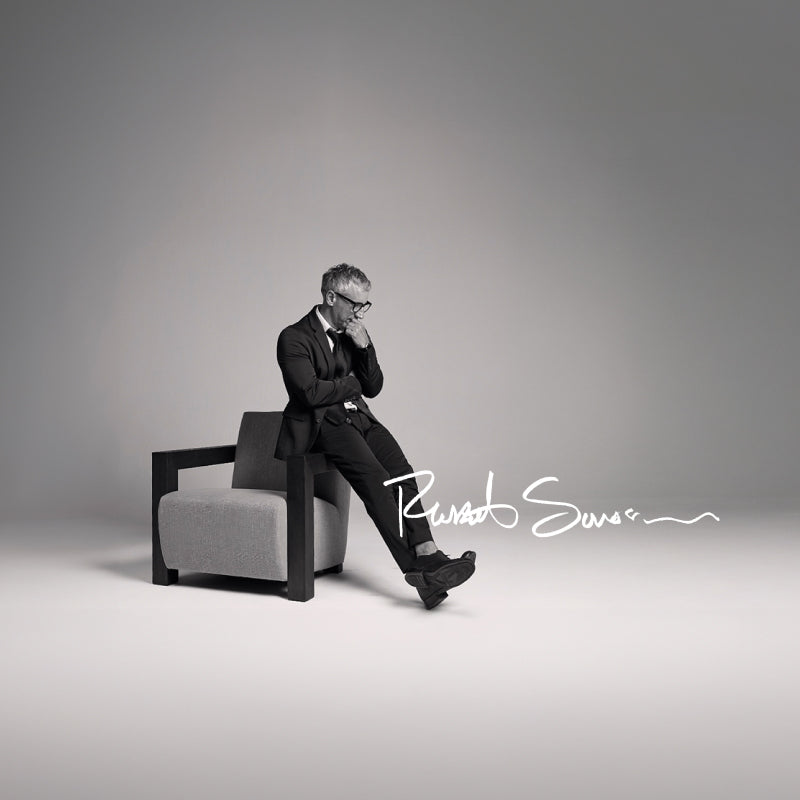
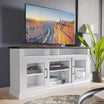
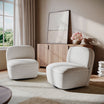
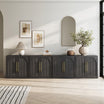
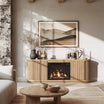


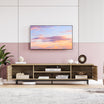
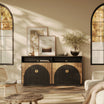
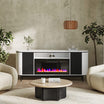
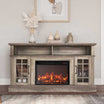
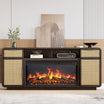
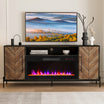
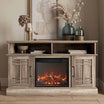
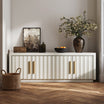

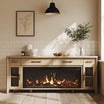
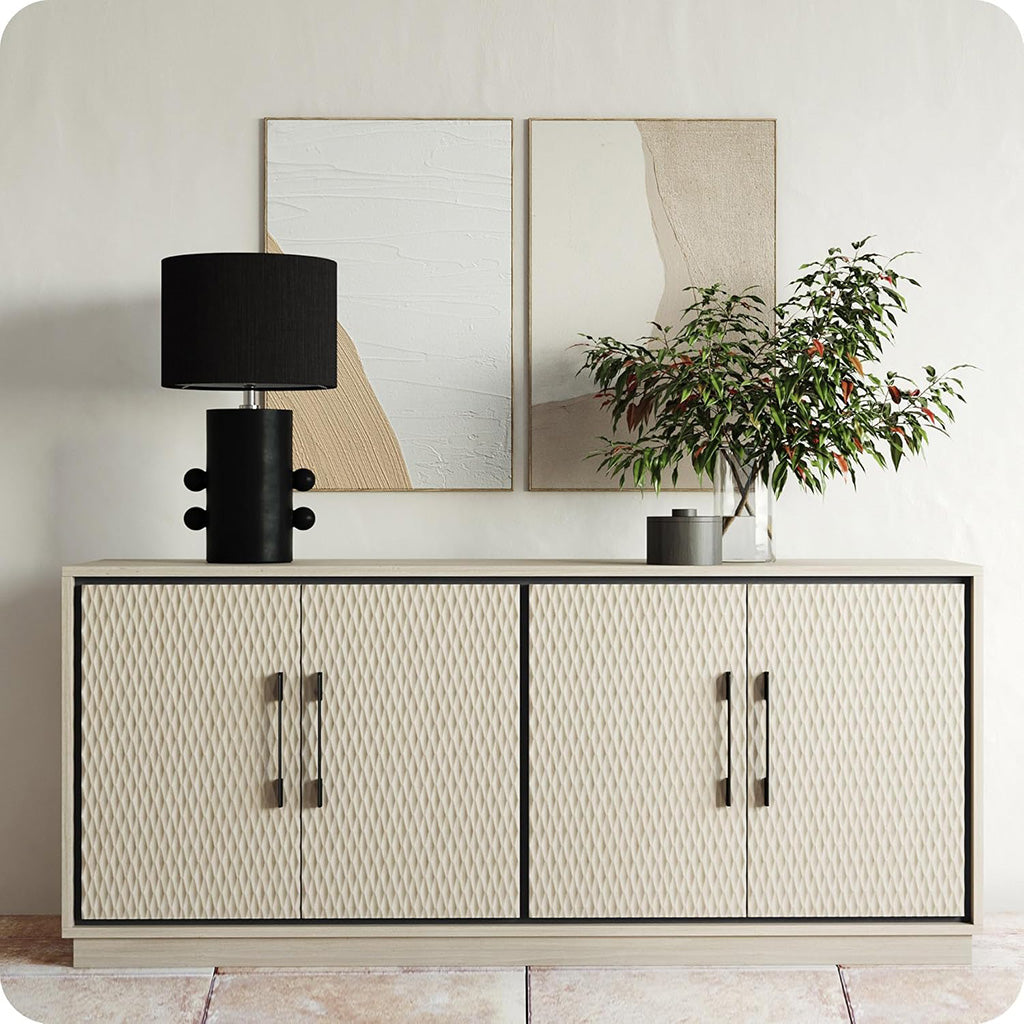
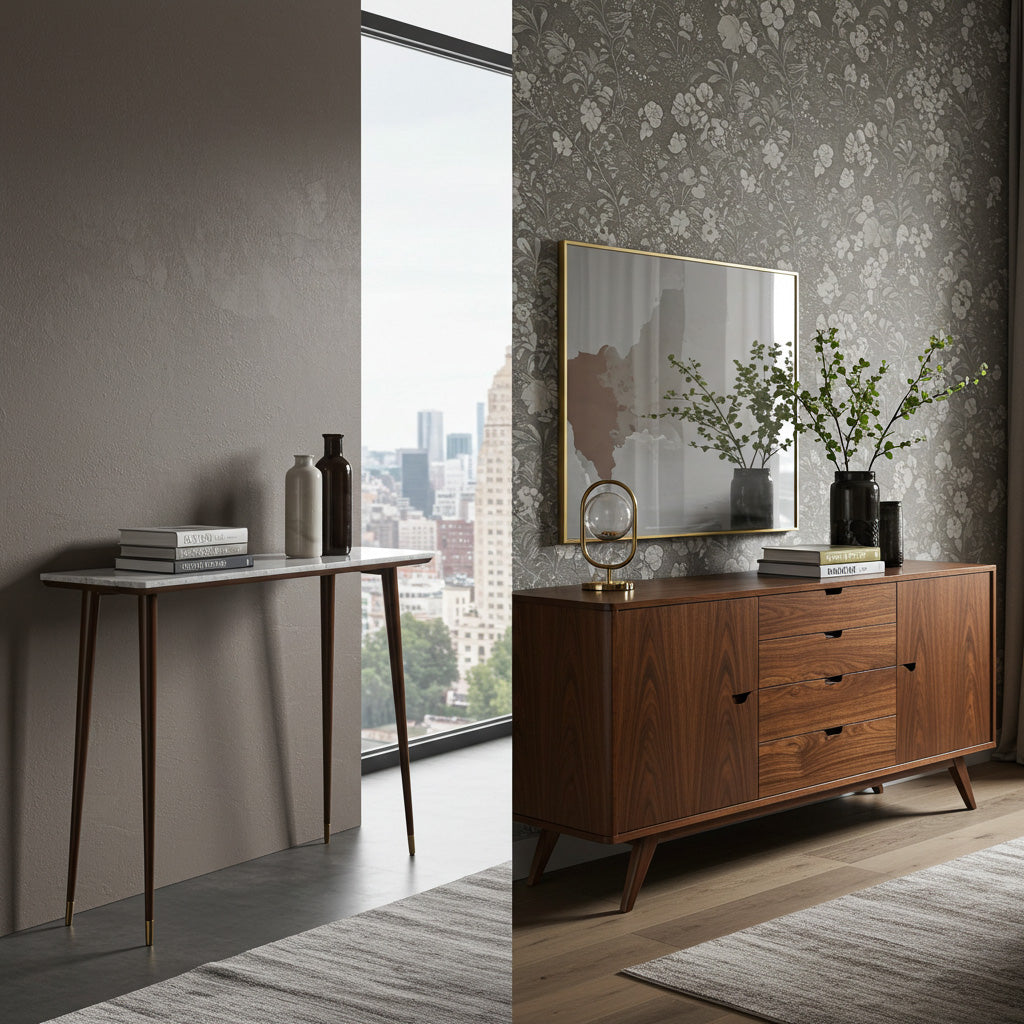
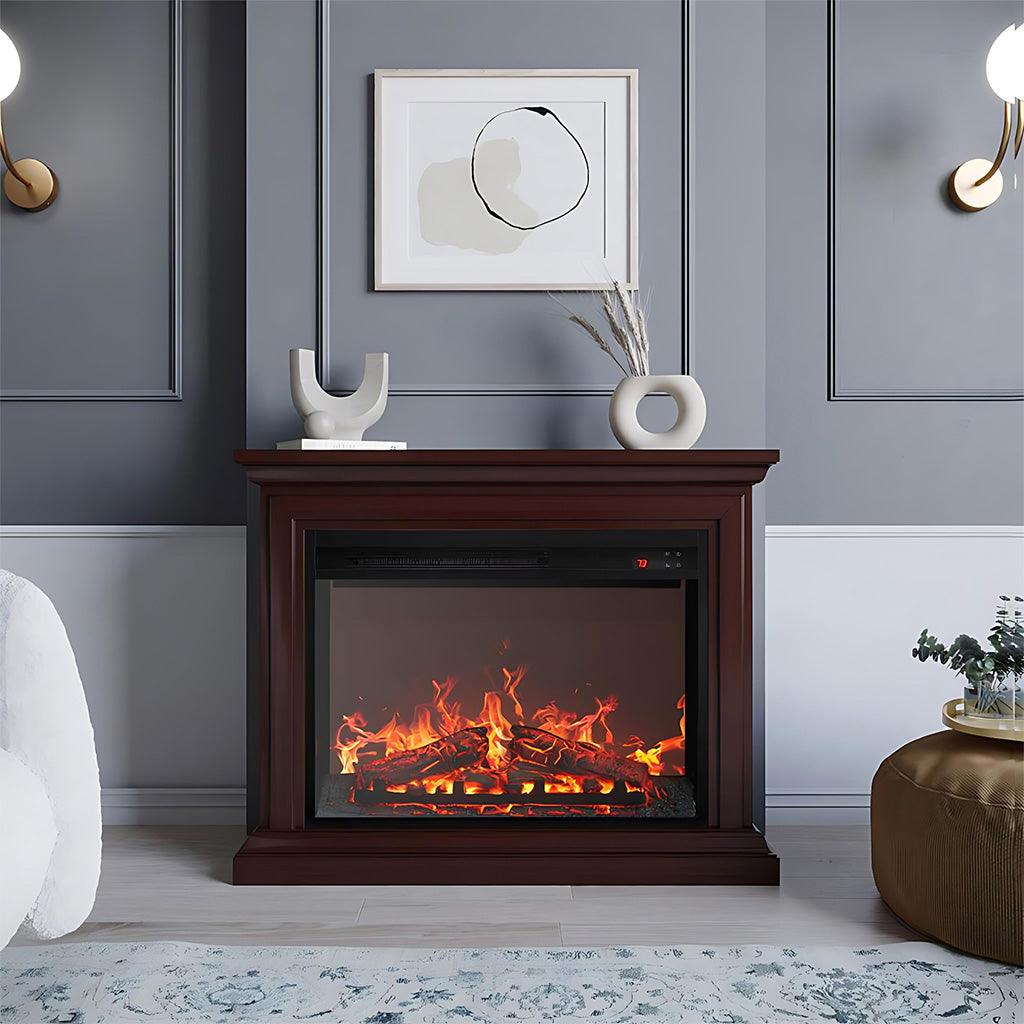
Leave a comment
This site is protected by hCaptcha and the hCaptcha Privacy Policy and Terms of Service apply.